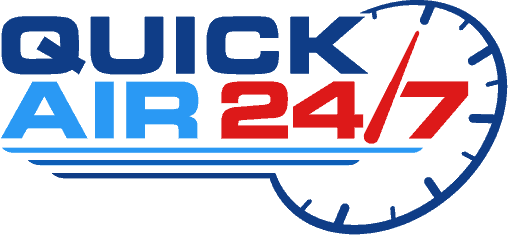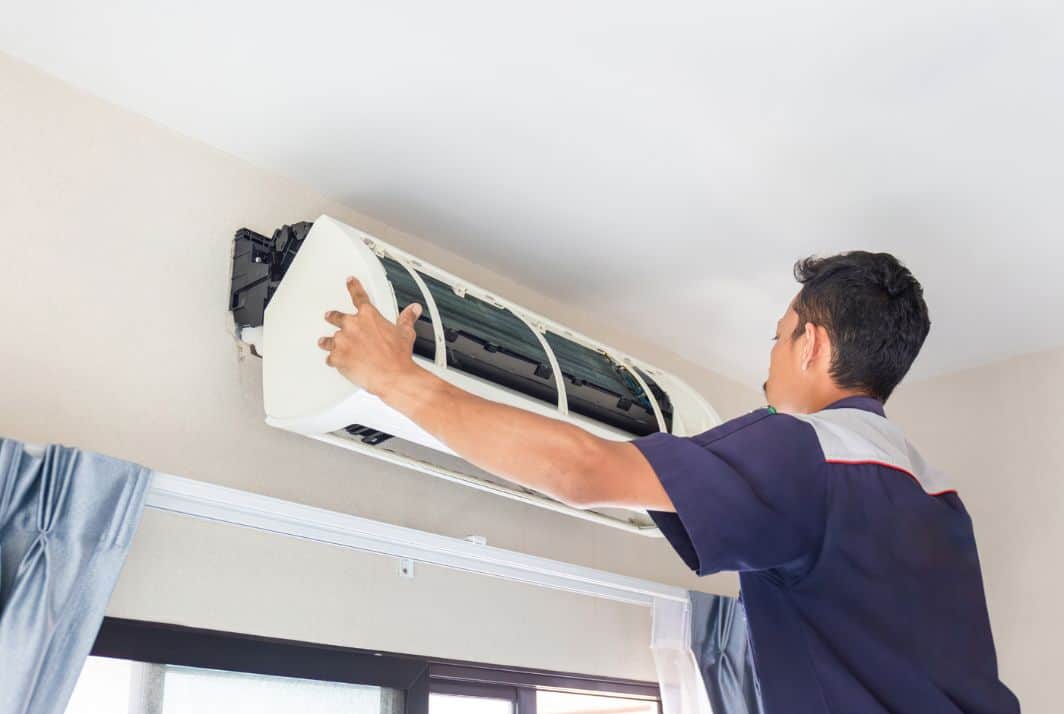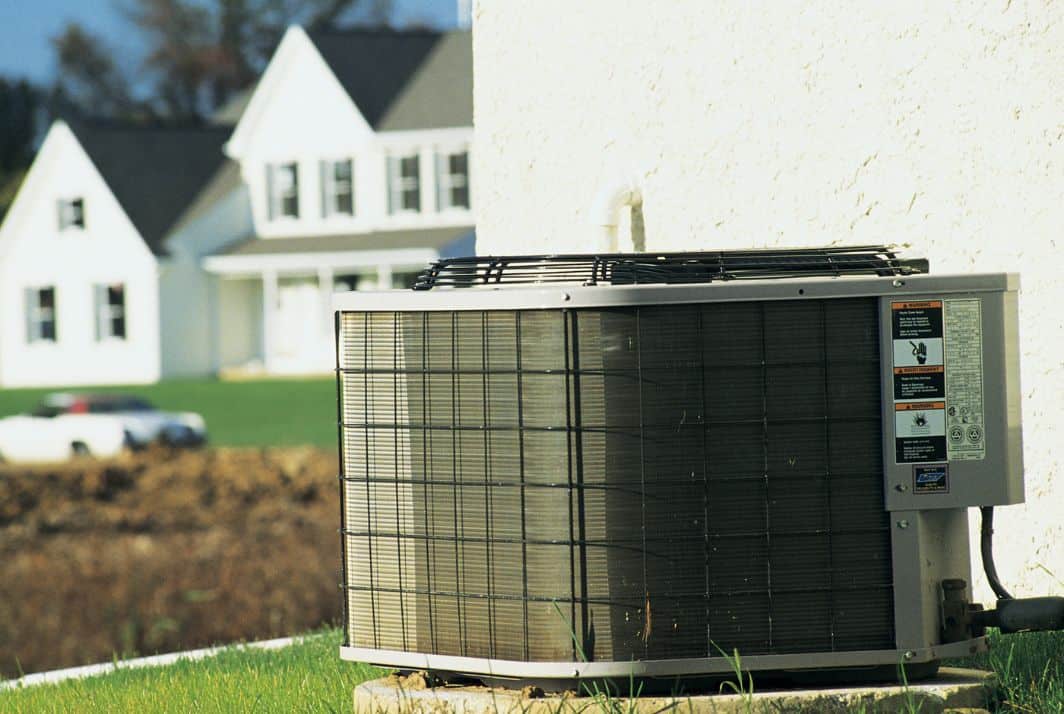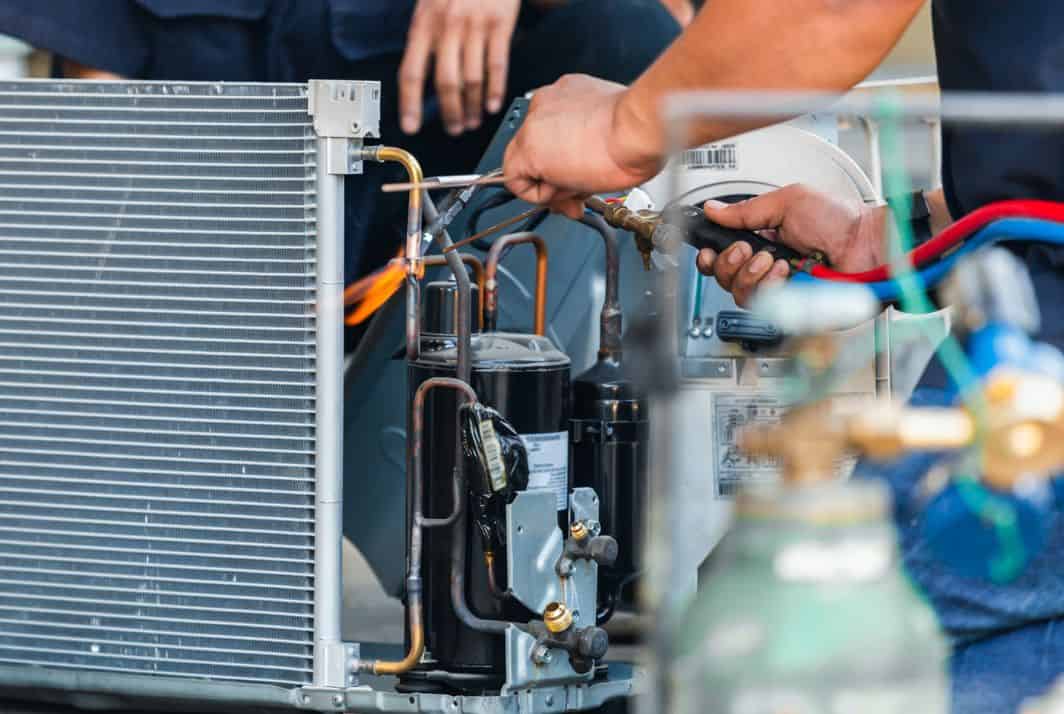When it’s time to replace or install a new air conditioner unit, one of the first questions on your mind is likely, “How much will this cost?” The cost of central air conditioners and other units can vary greatly depending on several factors, including the type of air conditioner, labor costs, and the unit size. Whether upgrading an older central air conditioning unit or installing an entirely new HVAC system, here at Quick Air, we understand the key factors that can help you budget more effectively and choose the right air conditioner for your home.
Factors Affecting New AC Unit Cost
1. Type of Air Conditioner Unit
The type of AC unit you choose will significantly impact the total cost. Options range from central AC systems to ductless split systems and window units.
Central Air Conditioner Unit: This AC unit cools your entire home and is generally more expensive than other options. They require ductwork, which may add to the overall cost of a new one if it doesn’t already exist.
Ductless Split System: These units are ideal for homes without existing ducts and are generally cheaper to install than central AC systems.
Window Units: These are typically the most affordable option, but they’re designed to cool only one or two rooms.
2. Size of the Air Conditioner Unit
The size of your air conditioning unit will affect the price. Measured in British Thermal Units (BTUs), the larger the space you need to cool, the larger the AC unit must be. Units are typically sized based on how many square feet they need to cool, with larger spaces requiring more BTUs.
For a home with around 1,500-2,000 square feet, you’ll likely need a 3-ton central AC unit, which has a higher cost compared to a 1-ton unit designed for a smaller space.
3. Efficiency Rating
The Seasonal Energy Efficiency Ratio (SEER) rating is an important factor in determining the cost of a central air conditioning system. Higher SEER ratings mean the AC unit is more energy-efficient, which could result in lower energy costs over time but a higher upfront price.
High-efficiency units with SEER ratings above 16 generally cost more than standard-efficiency models but may save you money in the long run.
Why Choose an Energy-Efficient AC Unit?
Choosing an energy-efficient model not only reduces your energy bills but also lessens your environmental footprint. Newer high-efficiency units with SEER ratings above 16 use less energy to produce cool air, which means they cost less to run while still maintaining comfort.
Understanding SEER Rating and Why It Matters
The SEER rating stands for Seasonal Energy Efficiency Ratio and is a measure used to determine the energy efficiency of an air conditioning unit. Essentially, it calculates the amount of cooling output (measured in British Thermal Units, or BTUs) divided by the total energy consumed (measured in watt-hours) during a typical cooling season.
For instance, a unit with a SEER rating of 16 is more energy-efficient than one with a SEER rating of 13. While installing a new AC, a high-SEER AC unit may have a higher upfront cost, but it offers savings on energy bills and is more environmentally friendly due to its lower energy consumption. Many homeowners find that the investment in a high-efficiency system pays off in long-term savings.
SEER Rating Range
SEER ratings typically range from 13 to 25 or higher.
Lower SEER ratings (such as 13 or 14) indicate less efficient air conditioner units, which consume more energy to cool your space.
Higher SEER ratings (18 and above) represent more energy-efficient systems, meaning they use less electricity for the same amount of cooling, which results in lower energy bills.
What Do the Numbers Mean?
A SEER rating of 13 means that for every watt of energy consumed, the air conditioner unit will produce 13 BTUs of cooling.
A SEER rating of 20, by comparison, will provide 20 BTUs of cooling for every watt, making that unit more efficient than a lower-rated unit.
While higher SEER units have a higher upfront cost, they typically result in long-term savings due to lower operating costs. For many homeowners, investing in a unit with a SEER rating of 16 or higher is often recommended for optimal energy efficiency and savings.
In the U.S., the minimum SEER rating for new units is 14, though regions with more intense climates, like the South, may require a minimum of 15.
Comparing Split System vs. Central AC Unit
When deciding between a split system and a central air conditioner unit, it’s important to weigh the pros and cons of each option based on your home’s needs and budget.
A split system offers flexibility by cooling individual rooms, making it an ideal solution for homes without existing ductwork. These units are generally more cost-effective in terms of installation and can be energy-efficient for cooling smaller spaces. However, the downside of AC units is that they may not be powerful enough to cool larger homes entirely and often require multiple units for comprehensive coverage.
On the other hand, a central air conditioning unit distributes cool air through a network of ducts, cooling the entire home efficiently and evenly. Though the initial installation costs can be higher—especially if new ductwork is needed—a central air system can add value to your home and provide a more seamless cooling experience.
In terms of energy efficiency, modern central air conditioner units with high SEER ratings can offer significant savings on your energy bills compared to older models.
Central AC Installation Costs
1. Labor Costs
Central air conditioner installation involves labor, which can make up a significant portion of the total AC unit cost to install. The cost of labor depends on the complexity of the installation, whether new ductwork is needed, and your location.
2. Existing Ductwork
If your home already has ductwork in place, the central air installation will be simpler and less expensive. However, if you need new ductwork to install central air throughout, that will significantly increase the total installation costs.
Installing new ductwork can range anywhere from $1,000 to $5,000, depending on the complexity of your cooling and heating system, home layout, and the materials used.
3. Location and Local Regulations
The cost of installing a new air conditioner unit can vary depending on local labor rates, building codes, and local and federal regulations that might require energy-efficient upgrades. Be sure to consult with local HVAC contractors to get a precise estimate for your area.
Average Costs of a New AC Unit
The average cost of a central air conditioning system varies depending on the unit type, size, and efficiency. Here’s a rough breakdown of average costs for different types of the central air unit units:
Central Air Conditioner Unit:
$3,000 – $7,000, including installation.
Ductless Split System:
$2,000 – $5,000 per unit, with larger homes potentially requiring multiple units.
Window Units:
$150 – $500, depending on the brand and size.
1. Energy-Efficient Models
High-efficiency systems can cost more upfront but may save you hundreds of dollars on energy bills over time. You might pay an additional $1,000 to $2,000 for high-efficiency units with a higher SEER rating, but the long-term savings in energy costs can be substantial.
2. Maintenance and Long-Term Costs
Don’t forget to budget for regular maintenance like changing the air filter and annual tune-ups. Proper care will not only keep your central air conditioning running smoothly but also extend its lifespan, saving you money in the long term.
How to Choose the Right Air Conditioner Unit
When deciding on the best AC unit for your home, consider factors like energy efficiency, upfront cost, and how long you plan to stay in your home. Additionally, think about whether you’ll need to install new ductwork or other components to accommodate your new air conditioner.
Central AC Installation: What You Need to Know
Installing a central air conditioning system involves more than simply purchasing an AC unit and plugging it in, as you would with a window unit. It requires careful planning, a good understanding of your home’s infrastructure, and professional assistance.
Here’s what you need to know about central AC installation:
Assessing Your Existing Ductwork
One of the most critical elements of central AC installation is determining whether your home already has ductwork. If it does, the process of AC replacement or installation can be simpler and less costly. However, if it lacks ducts or the current system is old or inefficient, installing new ductwork can add significant expense and time to the project.
Installation Costs and Budget
The cost of installing a central AC unit can vary depending on multiple factors, such as the size of your home, the complexity of the system, and your geographic location. Central AC system installation costs generally range from $3,000 to $7,000 for the unit itself, while installation labor costs can increase the total. Additionally, higher efficiency systems with better SEER ratings tend to cost more upfront but save you money on energy bills in the long run.
Working with Local HVAC Contractors Like Quick Air 24/7
Hiring a professional HVAC contractor like us at Quick Air 24/7 is essential for a smooth and safe installation. Local HVAC contractors will assess your home’s layout, calculate the correct AC unit size based on square footage, and ensure the installation meets all local and federal regulations. They’ll also make sure the system is installed correctly to prevent future issues like poor airflow or inefficiency.
Permits and Regulations
In many cases, installing a central air system will require obtaining local permits, especially if new ductwork or other structural modifications are involved. A licensed HVAC contractor can help guide you through the permitting process and ensure the installation complies with local and federal regulations.
By preparing for these factors ahead of time, you can streamline the installation process and ensure your new central AC unit is set up for long-term efficiency and comfort.
Maintaining Your New Central Air Conditioning System
Proper maintenance of your central air conditioning unit is essential for prolonging its lifespan and maintaining optimal performance. Regularly changing the air filter is one of the simplest and most effective ways to keep your cooling system running efficiently. Clogged or dirty filters restrict airflow, forcing your AC unit to work harder, which can result in higher energy costs and unnecessary wear and tear.
In addition to changing the air filter, it’s important to periodically clean the air handler and check the outdoor unit for debris or damage. Scheduling annual inspections with a licensed HVAC contractor will ensure your AC unit stays in peak condition and help catch potential issues early before they become costly repairs. Proper maintenance can also help maintain the SEER rating of your unit, maximizing your energy savings.
Reach Out to Local HVAC Contractors
Before making a decision, contact us at Quick Air 24/7 to discuss your options. This ensures you get the best deal and helps you understand what specific factors might impact your new AC unit installation cost. With proper planning and professional guidance, you can enjoy a more comfortable home with an efficient air conditioning unit that suits your budget and needs. Reach out today!








